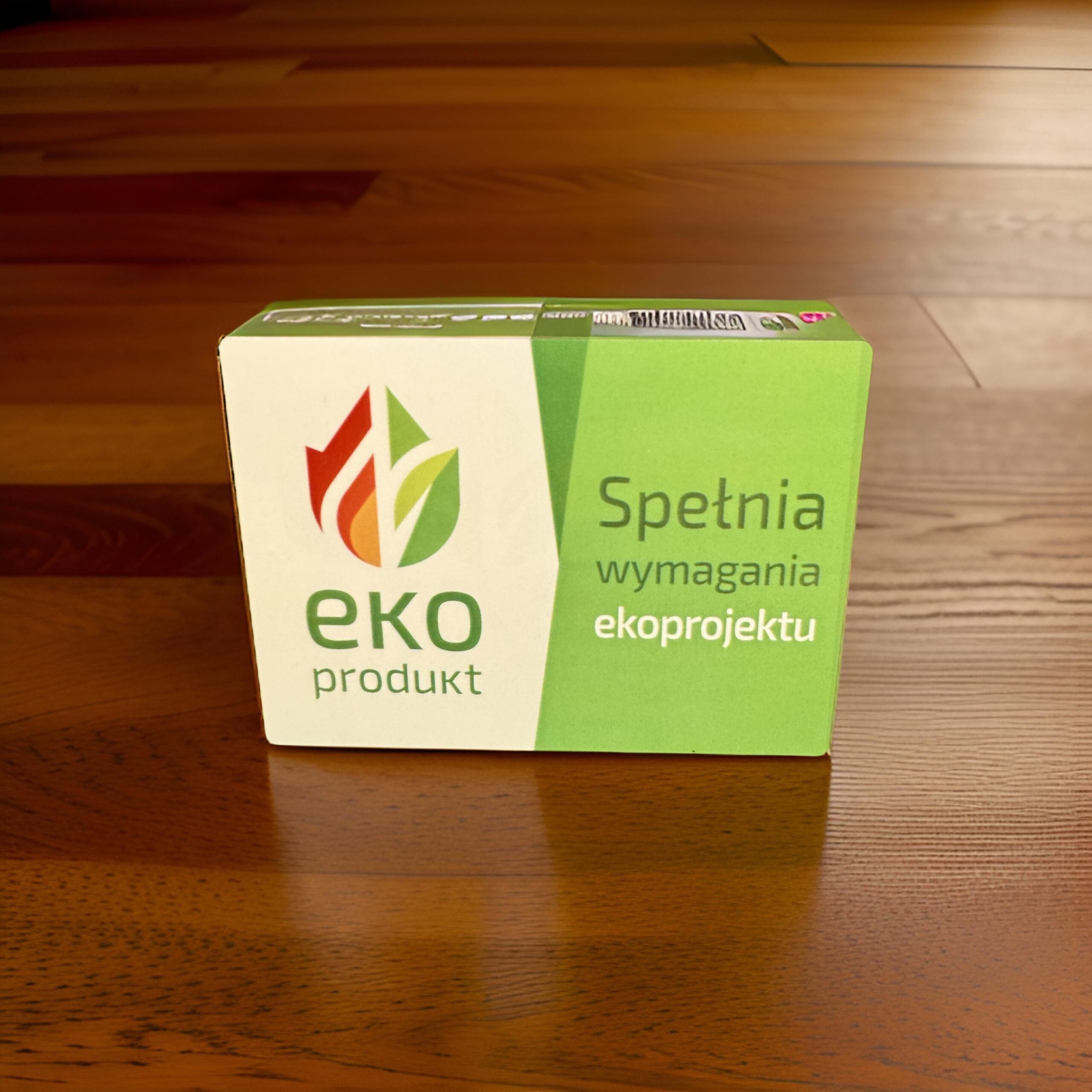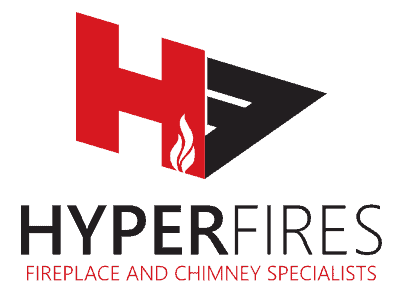No products in the cart.
Buyer's Guide
Slow Combustion Fireplaces
fireplace & chimney specialists | hyper fires
factors to consider
when choosing a SLOW
COMBUSTION fireplace
When looking to buy a slow combustion fireplace you will need to consider the four factors below to determine the correct fireplace for your needs.

Fireplace Price
calculate your budget
When purchasing a slow combustion fireplaces first determine what you would want to spend. Remember that all prices on closed combustion fireplaces are quoted excluding the flue kits, cowling and installation, this will still be added on top of your wood burning, slow combustion fireplace price.
Our online quote request will indicate the flue kit cost based on the finish selected and and the installation site. The installation labour price and extras like floor plates and roof seals are not included. Be sure to buy a European produced product which comes with ECO certification. This basically means that your product has been tested and certified that all the given stats are true and correct. Steel stoves originating out of Europe mostly have very good and high efficiency ratings, be sure to check this before buying your fireplace. If you are on a tight budget and cant spend a lot money on a high quality steel stove rather opt for buying a good cast iron fireplace because the cheaper range of steel stoves available in SA is not well insulated and has a low efficiency and will give you poor performance and life span. Cast iron is a more durable option especially along the coastline where house are in close proximity to salty sea air.
CLOSED COMBUSTION FIREPLACE Heating Capacity
determine your kilowatt output requirements
Take the volumetric size of the room you wish to heat into consideration to determine the kilowatt output of the slow combustion fireplace you need to buy. In layman’s terms you would require 1kw for every 10m² if your ceiling height is 2.7m. We normally recommend that you choose a fireplace that is 2kw over the required room size to compensate for heat loss through poor insulation. Remember that if you have an open plan living area you should also allow for the adjacent rooms in your calculation. In South Africa the maximum heating capacity is always indicated for a fireplace, in Europe they use the nominal heating capacity since they pay carbon tax per Kw. The nominal heating capacity is in between the minimum and maximum heating capacity [mean average] and should rather be used when calculating your requirement. Also be sure to check the efficiency of the fireplace you are intending to buy because there are significant differences between Eco certified stoves and those imported from China and former east block countries where no certification is required.
Determine the required kW output to heat your room!

Select a fuel type
WOOD OR MULTIFUEL FIREPLACE
Choosing a type of fuel to burn
You need to determine if you wish to burn wood, anthracite or a combination of the two before purchasing your slow combustion fireplace.
Most of the slow combustion fireplaces available in South Africa are wood burners only. The kilowatt rating supplied on the fireplaces is all determined based on burning wood; the heating capacity of wood is greater than that of anthracite and it gives a much nicer flame effect.
The dedicated anthracite burning fireplaces are normally top loaders, these units give off less heat than the wood burners but they can be burnt continuously for long periods on end.
FREESTANDING OR BUILT-IN
Slow combustion collections
The big deciding factor in existing houses between freestanding and build-in is normally price. The freestanding units work out cheaper to install than the build-in units. In newly build houses clients tend to go for the build-in option rather than freestanding due to cost of building being incorporated into the overall building cost of the house. The advantage of the build-in option is that you can change the look of the fireplace by adding a mantle-piece or painting the fireplace structure whereas with the freestanding your look will remain the same.
When choosing your freestanding fireplace you will be faced with two options [1] Radiant units – body of the fireplace releases the heat [2] Convection units – hot air is moved through a double layer of steel. The benefit with a convection fireplace is that you would be able to position the fireplace much closer to combustible materials such as furniture.
Select your preferred style of fireplace












